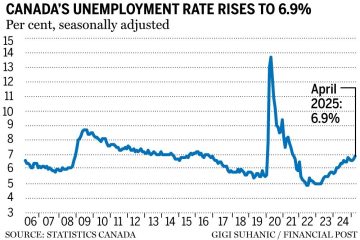The Impact of Donald Trump’s Tariffs on Canada

Introduction
Trade relations between the United States and Canada have historically been significant, underpinning both countries’ economies. However, the introduction of tariffs by former President Donald Trump during his administration created waves of uncertainty and tension between the neighboring countries. Understanding these tariffs is vital, as they have had marked effects on numerous sectors, influencing everything from agriculture to manufacturing.
Background on Tariffs
In 2018, Donald Trump’s administration imposed tariffs on steel and aluminum imports, citing national security concerns. The tariffs were set at a staggering 25% for steel and 10% for aluminum, affecting imports from countries around the globe, including Canada, which traditionally had been one of the largest steel and aluminum suppliers to the U.S.
Impact on Canada
The tariffs led to immediate retaliatory measures from Canada, which implemented its own tariffs on a range of U.S. goods. Products such as whiskey, ketchup, and even coffee had tariffs placed on them, creating a ripple effect on prices and market access for both countries. Canadian businesses faced increased costs, disrupting the supply chain and prompting some to seek alternative markets. According to the Canadian Steel Producers Association, the sector witnessed significant job losses and declining revenues as a result of these tariffs.
Political Response and Negotiations
The tariffs were met with strong opposition from Canadian officials, who argued that they undermined the close ties between the two nations. In response, negotiations ensued, leading to a renewed trade agreement, the Canada-United States-Mexico Agreement (CUSMA), which replaced the North American Free Trade Agreement (NAFTA). While CUSMA addressed some of the fears surrounding tariffs, issues regarding tariffs on steel and aluminum remained contentious.
Current Situation and Conclusion
As of 2023, the tariff situation remains complex. While the Biden administration has taken steps to reassess these tariffs, many remain in place. The uncertain trade environment has prompted Canadian businesses to adjust, with some actively exploring markets beyond the United States to mitigate the impacts. Overall, the ramifications of Donald Trump’s tariffs have reshaped Canada-U.S. trade relations and continue to pose challenges and opportunities for both nations.
Looking ahead, continuous monitoring of trade policies will be essential for businesses and policymakers alike. The long-lasting effects of these tariffs highlight the intricate nature of international trade, emphasizing the need for cooperative relations to foster economic stability.







